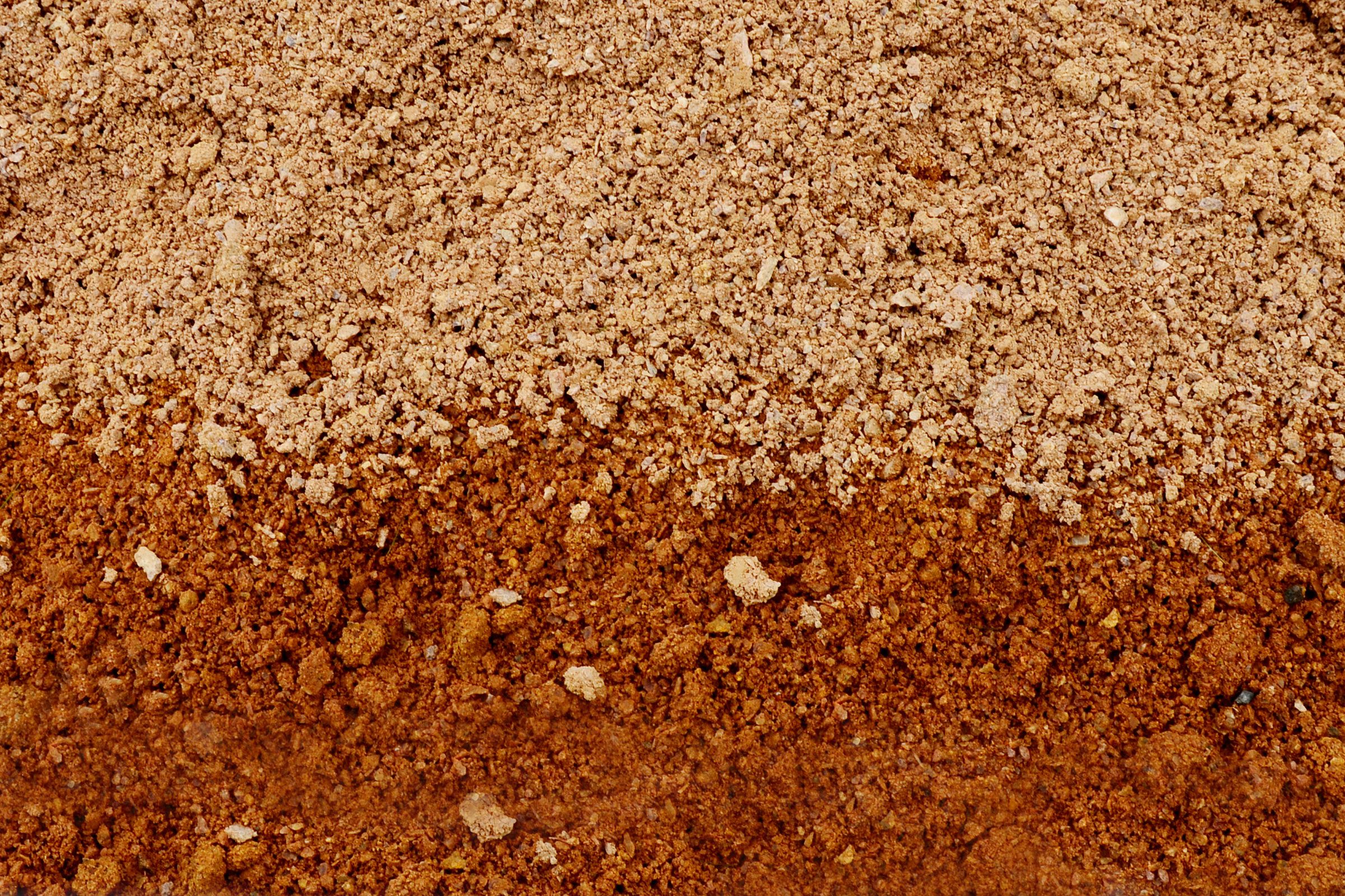Everyone's heard of clay soil, but do you really know what it is? If your garden beds are clay, here's what you need to know — and it's not all bad.

What Is Clay Soil?

If you set out to create a home garden and find your intended plot features clay soil, you might assume your gardening options are extremely limited. Clay soil is often considered a gardener’s enemy, as its dense texture and tendency to compact make it hard to work with and difficult to grow in. It can suffocate plant roots, leading to poor growth or even plant death.
But while a lot of clay soil’s bad reputation is deserved, with the right approach, you can take advantage of its benefits to create a flourishing home garden. Read on to learn all about clay soil and its’ benefits and disadvantages with horticulturalist Sam Schmitz of Ball Horticulture.
On This Page
What Is Clay Soil?
As a horticulturist and garden educator, I know a lot about clay soil.
Clay soils are old, tightly packed soils that formed and condensed over long periods of time. They’re found all over the world, including in most parts of the U.S. One sure way to recognize clay soil is if water sits around after a rain, or if your soil is sticky.
Per the United States Department of Agriculture soil triangle, a soil is considered clay when it contains 40 to 100 percent clay. The clay particles are tiny. They pack tightly, stick together and squeeze out the air channels plants and microbes need to survive.
The Disadvantages of Clay Soil
First, the bad news. Clay soil is difficult to work, largely because it’s so dense and sticky.
“Since [clay soils] are really good at holding onto moisture, they can easily become waterlogged and stay far too wet for far too long during rainy weather or if too much supplemental water is added,” says horticulturist Sam Schmitz. That density and poor drainage can lead to some of these problems:
- Drowned root systems: Schmitz says clay soil has a disproportionate ratio of micropores. These are small spaces that trap water — unlike macropores, the larger gaps that allow moisture and air to move freely. With micropores, he says, “It is easy to fill the profile with moisture and potentially drown root systems. Because roots need oxygen to breathe, plant health can be adversely affected quite quickly in poor conditions.”
- Heavy weight: “The density of [clay] soil is quite high, making it considerably heavier than other soils and harder to break apart or till through,” Schmitz says. If you’ve ever lifted a clump of wet, sticky clay, you can imagine how hard a whole plot of that might be to turn in a garden.
- Impermeability: When clay soil isn’t waterlogged and heavy, it’s hard as a rock. “Clay tends to form solid layers, that can become nearly impermeable to water, when compacted,” says Schmitz. In spring, dispersed clay forms a crusty layer on top of clay soils, making it difficult for seeds to sprout. When dry, clay soils can become so tightly packed they bend or break tools.
The Benefits of Clay Soil
However, clay soil isn’t all bad. Once you understand the difficulty of working with it, clay soil’s density provides a stable environment with few surprises. Here are some reasons to forgive your clay soil:
- It holds water and nutrients. During dry spells, clay can still offer plants moisture. Because of clay soil’s low presence of macropores, “moisture moves through the profile quite slowly and nutrients have an incredible number of adsorption sites,” Schmitz says.
- Sticky can be good for plants. I never understood how valuable my clay soil was until I moved to a sandy soil region. Sand is like Teflon — nothing sticks to it. But clay particles are negatively charged, meaning they attract positively charged, beneficial minerals like potassium, calcium, ammonium and magnesium. Like a food bank, clay soils release ions as plants and microbes call for them.
- It’s erosion-resistant. Dense and heavy also means immovable. Clay soil resists wind and water erosion that can deplete the mass and the nutrient density of lighter, more porous types of soils.
FAQ
Can I plant directly in clay soil?
To plant directly in clay soil, choose plantings that do well in slow-draining soil. Otherwise, amend the soil with compost to improve drainage for a wider variety of plants.
What plants grow well in clay soil?
Coneflowers, day lilies and black-eyed-Susans are a few perennial options that grow well in clay soil. Larger shrubs and trees that do not need well-draining soil, like red maple, cypress and sycamore, will also grow well in clay soil.
About the Expert
Sam Schmitz is a horticulturist with Ball Horticulture, a global wholesale distributor of plants and seeds to commercial garden centers.




















